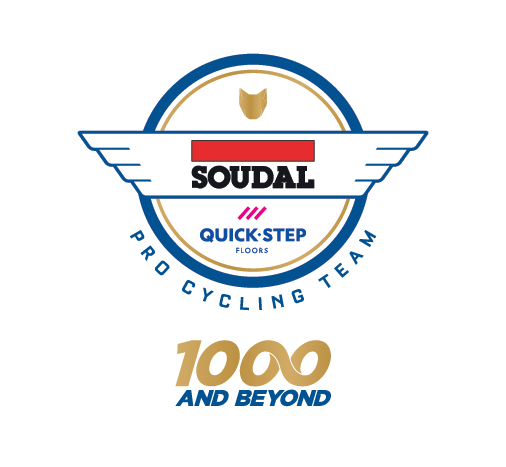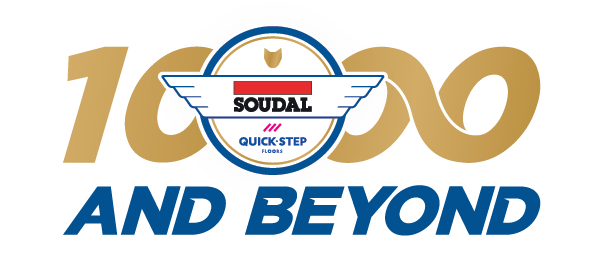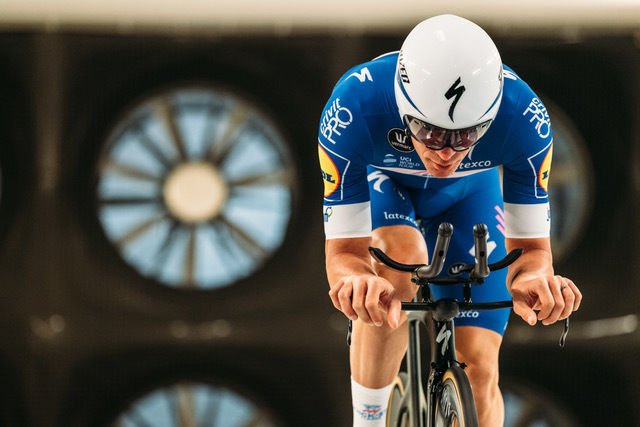Aero is everything: Quick-Step Floors testing material at the Specialized wind tunnel
Every year, after completing the Tour of California, we schedule a wind tunnel test at the HQ of our sponsor in Morgan Hill.
"Why do we do this? Because we want to create the most optimal position for the time trial on the time trial bike", says Quick-Step Floors trainer Koen Pelgrim. "In the end, a time trial is all about aerodynamics and in the wind tunnel we can test out different positions, and find out what the most optimal position is in terms of aerodynamics and also with the feedback of the riders, what feels best for them and what is the most comfortable position."
"There are a lot of small things that you can only detect in a wind tunnel, because it's a very sensitive method of testing and measuring changes. In the wind tunnel we always look to test the small things in terms of material: shoes and shoe covers, gloves, and so on. We also look at such things as the position of the hands or if you have to use a different handlebar. That's why we think it's important to come here each year", Koen Pelgrim continues.
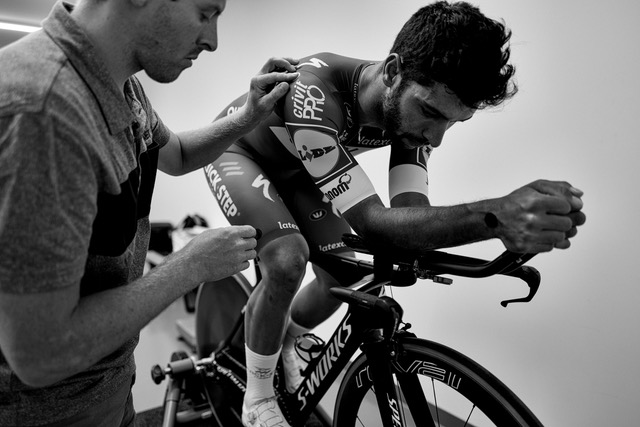
"We've had the wind tunnel for five years now and the team has been coming for each of this years", Scott Jackson – S-Racing Technical Specialist with Specialized – tells us. "The wind tunnel is an extremely precise tool that we can use to document the different aerodynamic effects of changes and I think together with Koen we have made a lot of improvements with the riders over the years. We have been testing all sorts of different positions in the wind tunnel, which we then verify in real riding scenarios on the velodrome or on the road with Koen helping to analyze data and organize the validation tests."
"The time required for each test is always different, it depends on how in-depth you want to go, for sure. Guys who have never been to a wind tunnel usually take more time, which is normal, you can make a lot of important changes then pretty easily, or if someone has been there already a few time you look for fewer small changes, more marginal gain type stuff which can take a while for even the smallest gain!
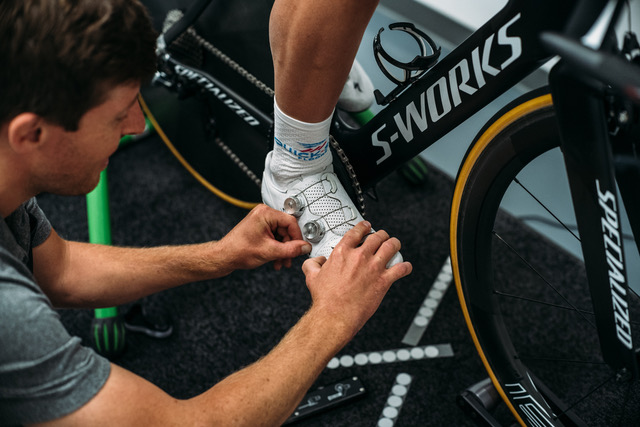
Together with Retül technology and fit systems we help set the positions and determine the physiologic limits of the rider knowing how flexible they are. The next step is to work within those limits determined by Retül to find the best position.
Everyone walking into the tunnel always asks how fast we can make the wind go – which is a normal question. The speed of the wind is of course adjustable, we set it at 40 to 45km/h which represents the average speed the riders usually do on the road, but you could go up to 80km/h pretty easily, but that's not necessarily how fast everybody goes on a bike so we don't do it very often."
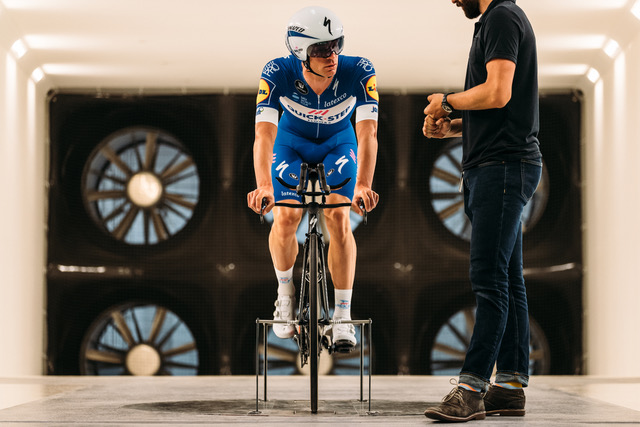
"Usually they test it in the range of what they ride in the race and also if you have a suit and different materials sometimes they behave differently at different speeds, like a suit can be good at 40km/h but not at 55km/h", adds Koen Pelgrim.
"A funny anecdote from a few years back is that one of the Quick-Step Floors riders went inside the tunnel and stood on the front of the tunnel, then when the fans were at full speed he jumped up with arms and legs spread and flew meters backward, from one side to the other! No injuries luckily", says Scott laughing recollecting that moment.
"For us it's really nice to have you guys come over for these test because also us we learn from it every time! To think we have won on three occasions the World Team Time Trial Championships, that's an amazing performance, which has definitely its benefits from the wind tunnel."
Photo credit: ©Specialized
